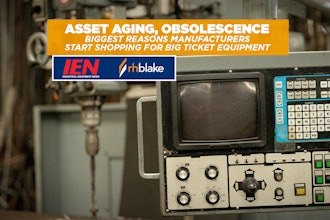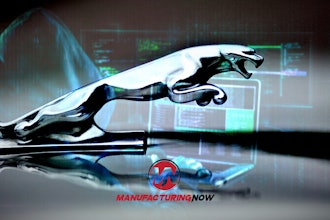Engineers at UK Naval Engineering Science and Technology (UKNEST) are leading a design challenge to help the Royal Navy develop a Future Autonomous Fleet program. According to the Royal Navy’s website, this could help forge how it operates for the next 50 years.
This includes drones based in the stratosphere ready to go at a moment’s notice, crafts without crews containing smaller autonomous boats, aircraft carriers powered by sea-based biofuels and wind power and an underwater flagship at the center of the fleet.
Currently, all of these are conceptual ideas. But the Royal Navy claims it could apply something called The Persistent Operational Deployment Systems (PODS) in the next decade.
PODS are large interchangeable modules which can be fitted to the surface fleet to create a “plug and play” warship. To support Royal Navy operations, PODS could be an asset to autonomous boats, quadcopters, disaster relief stores and medical equipment.
An engineer from UKNEST, Fiona McIntosh, said, “The collaborative nature of the project, coupled with us being unconstrained in the ideas and technologies we discussed, really helped us base our concept on technologies we thought would be key to innovation over the coming decades.”
The U.S. Navy is also focusing on autonomous craft. But its Large Unmanned Surface Vessels (LSUV) still requires a small crew detachment aboard. They are not intended to be operating the boat directly, but rather, act as a risk manager for operations that cannot be automated yet.
The Department of the Navy Science & Technology Strategy for Intelligent Autonomous Systems says autonomous vehicles will “create superiority in peacetime and wartime operations.”






















